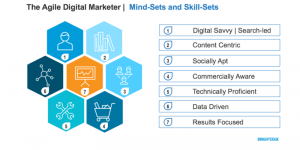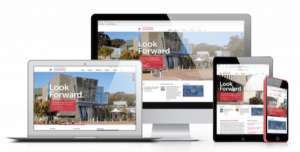Developers Create App That Tracks Users’ Lifetime Value For Marketers
Mobile app monetization company YouAppi wants to help marketers and developers find and retain customers with the greatest potential to make purchases — and who have the highest lifetime value — during the life of an app’s use. So it built ReAppi, a managed programmatic app retargeting platform.
Company developers built ReAppi based on three years of campaign data, as well as emerging methods and technologies that optimize retargeting and reengagement.
The three years included the experience the company’s developers learned from running app retargeting campaigns for YouAppi clients across verticals like e-commerce, food delivery, gaming, travel, financial technology, lifestyle, and entertainment.
For example, in a campaign for a financial technology app, the YouAppi team needed to create new user journey funnels (how the user progresses from the download until becoming an active customer) and retarget users much earlier than usual in order to successfully retarget users and ultimately achieve the clients’ key performance indicators.
Apple launched the iPhone in 2007, and the app market has matured. “Think about how many new apps you installed on your phone in the last six months vs. a similar time period five years ago,” said a company spokesperson, adding that people continue to install and use fewer apps on their phone.
“The ability of mobile marketers to retarget someone who downloaded an app and maybe used it heavily for nine months and then stopped is important,” he said. “The fact that you can do it programmatically makes the process easier.”
ReAppi can reactivate recent installs or other upper-funnel actions such as app engagements, tutorials, and registrations, to convert down the funnel. Existing users are later reengaged to increase games played, and orders or purchases.
The platform enables marketers to monitor campaign incremental lift based on revenue, conversion rate or user lifetime value based on the performance of the test group — meaning the users who are exposed to the app retargeting campaign versus the control group, who are not exposed to any ads. Marketers also have access to a real-time dashboard including campaign performance insights according to key performance indicators, ad units, devices, audience segments, and other data points.
The models were created based on analyzing campaign performance and then optimizing the algorithms.
(15)
Report Post



